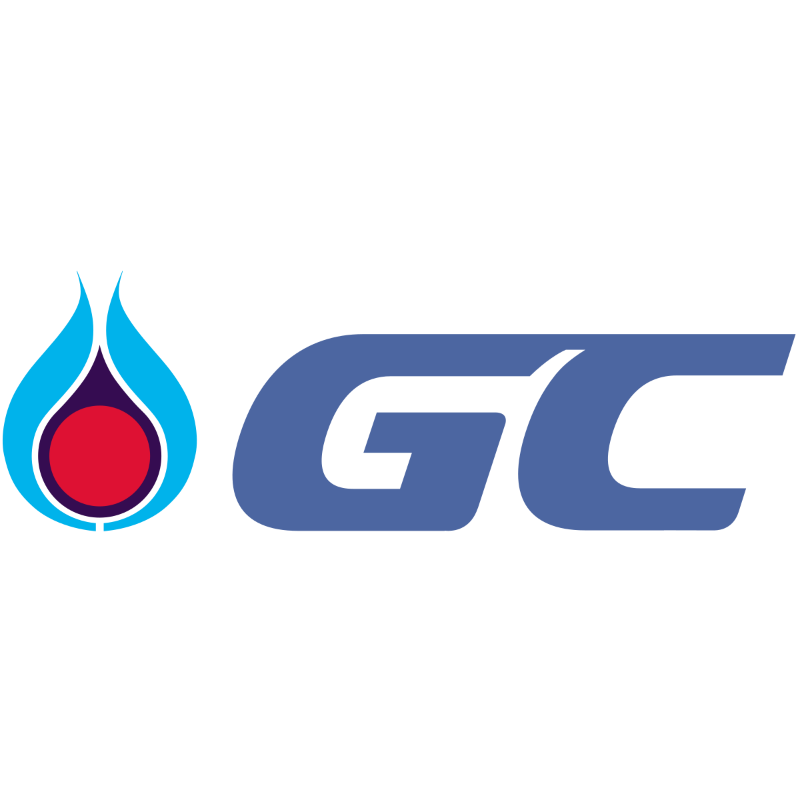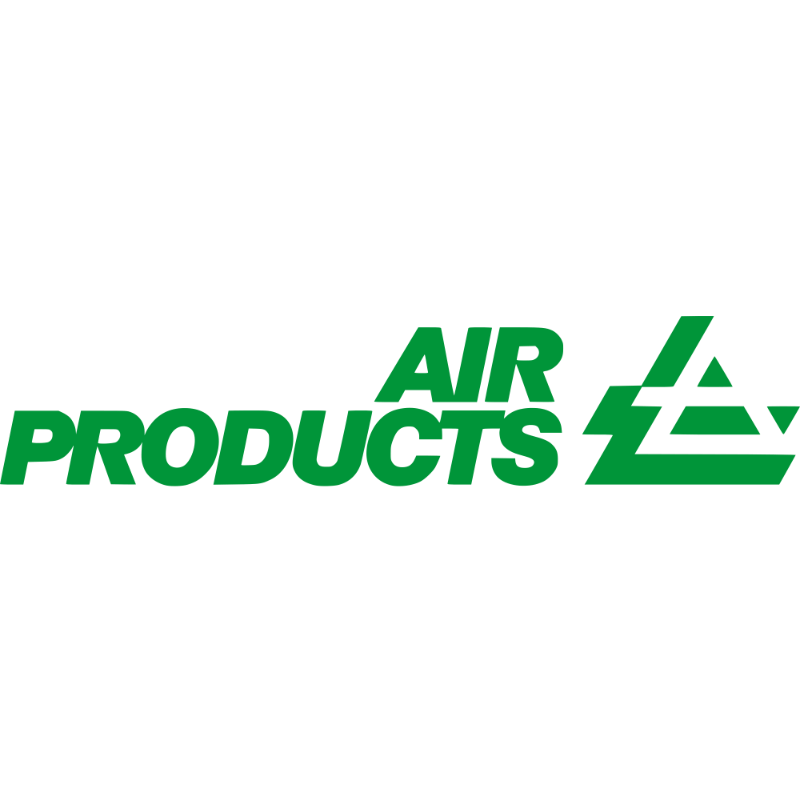
Once the powerhouse of progress, the UK & Europe’s Chemical Industry is running on borrowed time.
I’ve worked in the UK chemicals sector since 1996.
My great grandparents (Explosives in WWI, & Fertilisers post WWI), grandparents (Petrochem & steel), parents (Petrochem & Nuclear) before me.
More than a century my family and millions of other families have built the UK & European downstream industry – if it collapses, it will not be rebuilt overnight, possibly never.
For the last 18 years I’ve ran a business in its supply chain. I’ve navigated the procurement process, energy market, regulatory spaghetti, and foreign competition for decades, and the current picture for the UK and European chemical industries is, frankly, worrying.
In the words of Sir Jim Ratcliffe, founder and chairman of INEOS: “We are now in the 11th hour for Europe’s chemical industry. Once the largest in the world, it now stands on the brink.” - Watch the full interview: Click Here.
This isn’t just theory; it’s about real people, skilled jobs, and communities that depend on this industry. And right now, it’s make-or-break time.
We can let plants in territories with energy security and less regulation sprint past us. Or we can invest, fight back, and overtake.
For years, we’ve seen this storm forming, sky-high energy costs, rising imports, and policy gridlock. But here’s the twist: if we move smart and fast, this crisis could become the best catalyst (pun absolutely intended) for transformation we’ve ever had.
In this article, I want to explore how that might happen — by forcing plants in the UK / EU to innovate now, by committing to capital and technology to close the gap, and by showing how, with the right moves, we can offset the factors that hinder our plants and be competitive again!
1. The Reaction Must Start Now - Because Standing Still Is Falling Behind
New chemical plants in South Asia, the Middle East, China, and India operate with modern builds, lower legacy drag, and more tolerance for risk (or subsidy).
To compete, UK & European chemical sites, many constructed in the 1990’s, or even older, cannot rest on their laurels. They must:
- Redesign processes to be energy-lean, modular, digitally instrumented, rather than mechanical mired
- Adopt smarter operations (AI, predictive maintenance, digital twins) rather than employing a “cut cost here, cut cost there” strategy to compete
- Change the organisational mindset so that technology adoption is a strategic weapon, not just a side project or box ticking exercise
A common response, you might hear to the suggestion of change is, “We’ll just play defence, maintain margins, hope energy prices come down” … That isn’t going to cut it.
In territories where energy is cheaper or subsidised, margins are broader and headroom for reinvestment is more generous. If we don’t innovate, we will be left with margin erosion as the slow erosion of industry, and we risk watching an entire industrial heritage fade into nostalgia.
2. The Catch-Up Requires Spending — But Smart Spending
Yes: catching up cost’s money. Significant sums of money. The trick is to spend where it matters: technologies and projects that offer leverage, optionality, scalability and an attractive ROI.
Here are a few investment priorities I’d put at the top:
- Digital instrumentation & IoT retrofit
Many plants in emerging countries skip sensors or use minimal instrumentation. We need to invest in retrofitting existing assets with real-time sensors, edge computing, and feedback loops. That gives you the “nervous system” you need to move fast. - AI / ML for operations optimisation
Let algorithms help you with feedstock blending, reaction yields, energy optimisation, and predictive maintenance. Embrace AI, as your new margin guard. AI-assisted maintenance & turnaround planning software can now cut planning time from days to minutes for daily maintenance, and years to days to plan an entire Turnaround! Watch iPlanAI Video - Digital twins & simulation
Build digital replicas of your plant, run “what if” experiments, optimise shutdowns virtually before committing resources. That lowers risk and increases the speed of upgrades. - Modular upgrades & process intensification
Rather than rebuilding entire units, adopt modular upgrades (e.g., swapping in newer catalyst beds, intensified reactors, microstructures). These smaller bursts of innovation can have a significant impact on production. - Talent, training, culture
You need people who speak “data, code, cloud” as well as “piping, reactor, distillation.” Invest in training, in hybrid engineers, in collaborating with universities and start-ups.
If you scatter the money, chasing every shiny gadget, you’ll fail. But if you ruthlessly prioritise based on ROI (in margin, flexibility, resilience), you might just turn the tide.
3. Leapfrogging: Not Just Catching Up, but Outrunning
Here’s where things get interesting. If you do this well — if you make the right bets — catching up is just the starting line. You can overtake. Let me show you how:
- Leapfrog architectures
Why replicate exactly what China or the Gulf is doing? Utilise fresh architectures — perhaps electrification, modular chemical loops, carbon capture built-in, and digital co-design from first principles. Make future-oriented plants, not retro copies. - Network advantage & connected assets
Modern plants should not be islands: link plants, ports, logistics, analytics in networks. Use upstream/downstream feedback loops. The plant that’s best “wired” will outperform the best plant that is isolated. - Software and services as revenue streams
Once your plant operates on digital platforms, you might productise certain modules or insights (data services, predictive models, optimisation routines) and license them to others. Your investment becomes an asset beyond your plant’s walls. - Compounding learning/feedback loops
Each improvement gives you data, which gives you insight, which allows further improvement. Over time, your acceleration becomes self-reinforcing — while laggards pile costs and noise.
So, the eventual outcome: UK/EU plants that invest intelligently may reach parity, and then, within a few cycles, exceed the performance of plants in lower cost regions. The race is not linear; it's exponential, for those who get on the curve.
4. The Risks, and How to Mitigate Them
Of course, this is not a risk-free game. A few challenges to acknowledge:
- Capital risk & internal politics
Plant owners used to incremental upgrades may balk at large digital programs. Convincing boards to commit is hard. - Technical risk/integration
Integrating new digital systems with legacy infrastructure, or choosing the wrong vendor, or ending up with data silos, these are real hazards. - Skills gap
You may hire digital whizzes, but they don’t know a chemical plant. Or the plant engineers resent new methods. The cultural resistance is real. - Time horizon mismatch
Investors (or governments) often seek near-term ROI; digital investments often pay out over multiple years. - Regulation & standardisation lag
Some digital practices or models may conflict with old regulations. You may need regulatory sandboxes or policy flexibility.
To mitigate:
- Pilot fast, prove value
Start with small but high-impact pilot projects. Demonstrate gains. Then scale. - Phased rollouts
Don’t rip and replace. Use hybrid, incremental adoption. - Align incentives
Tie performance bonuses, ROI targets, and safety metrics to digital transformation outcomes. - Partnerships & ecosystems
Collaborate with universities, technology providers, and startups. Share risk. - Regulatory engagement
Work with regulators early, show them assurances, and co-develop frameworks. Don’t surprise them with black box systems.
5. A Call to Action: Turn the Crisis into a Catalyst, we must transform
Let me close by coming back to you — the plant manager, the board director, the investor, the policy maker. This is your moment.
We are, as Sir Jim Ratcliffe said, in the 11th hour. The chemical industry in Europe and the UK is under existential threat from energy, competition, and trade imbalances. But it is not too late to retool, reinvest, reimagine.
To succeed, we must not just ask what has failed. We must ask: what could lead? What might let us not just keep up, but become the new benchmark?
I propose this as your rough roadmap:
- Scan & prioritise – Determine your biggest levers (energy, yield, maintenance, supply chain).
- Pilot & prove – Do at least one high-impact digital/modular project in 12 months.
- Scale & integrate – Extend that success across assets, connect them.
- Innovate ahead – Don’t stop. Keep pushing into future architectures.
- Engage policy & capital – Lobby for funding, incentives, and regulations that reward transformation.
If we don’t act, we risk bequeathing a hollowed-out UK/EU chemical sector to the next generation. But, if we act – wisely, boldly, and collaboratively – we might not just preserve it but turbocharge it.
Let’s turn this wake-up call into a roadmap for rebuilding pride, capability, and global leadership in European & UK chemicals.
About the Author
Ross Coulman is the Managing Director of IAMTech, a global leader in industrial asset management and technology solutions. With over 20 years of experience in the sector, Ross has driven IAMTech’s growth from a start-up to a trusted partner for the oil, gas, chemical, and power industries worldwide. Passionate about innovation and sustainability, he champions the use of digital transformation to enhance efficiency, safety, and compliance across complex industrial operations.




































